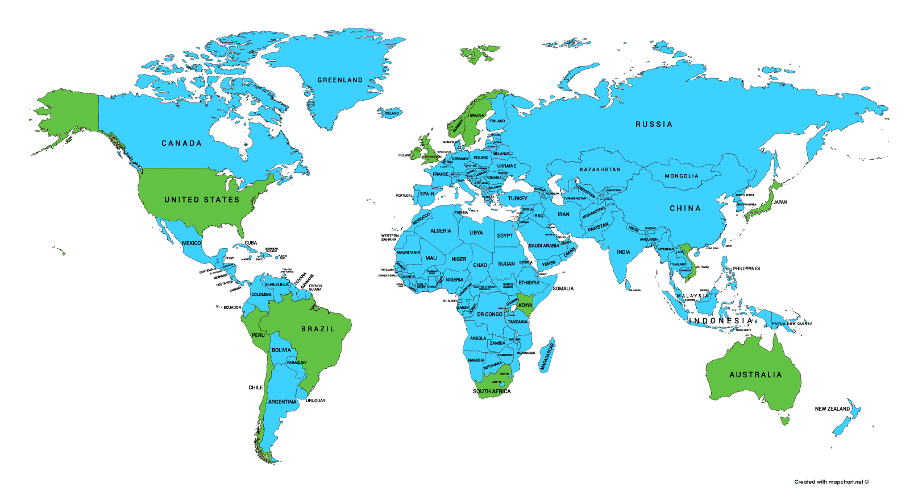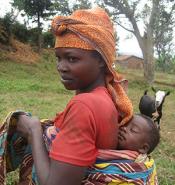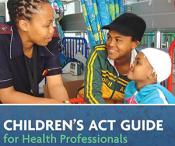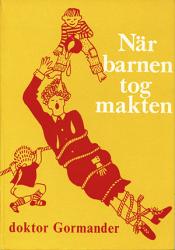
In Peru there was a shift from targeted strategies on food and welfare assistance towards comprehensive, multi-sectoral strategies to address child poverty through improved food security, access to health services and social protection. Three rounds of political and electoral change post 2000 provided opportunities to raise policy attention, develop, adopt and institutionalise policy change. Thematic policy round tables (Mesas) facilitated inclusive dialogue across civil society, technical and political actors to set new policy directions, while civil society engaged political actors through electoral pledges. Multi-sectoral strategies were developed, drawing on experience in the regions, and results-based budgets, communication outreach and capacity support used to incentivize policy uptake. Each opportunity was used to make advances, while work was implemented to strengthen the institutional arrangements for co-ordination of cross sectoral work and to monitor service delivery to consolidate implementer, political and public support.





